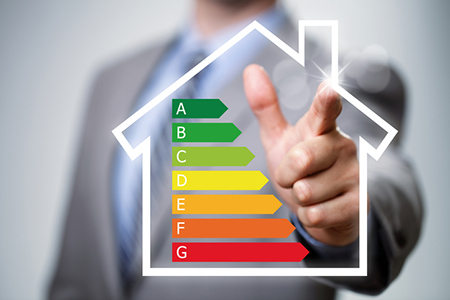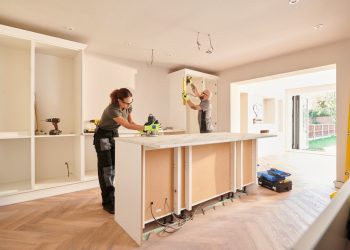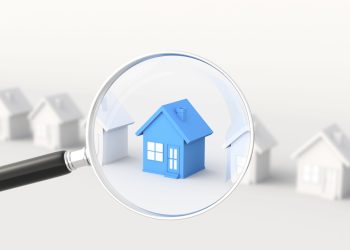The following information is provided by the Center for REALTOR® Development (CRD).
What comes to mind first for consumers when thinking about green homes is often new-home construction and the opportunity to build a fully sustainable home from scratch. However, there are also vast unrealized opportunities to increase the resource efficiency of existing homes. In the recent major revision of coursework for NAR’s Green Designation, the content was revised to amplify the focus on existing homes.
The opportunities to increase a home’s efficiency occur on a spectrum, from energy surveys through to major remodeling and retrofitting and finally to new-home construction. We will discuss each of these opportunities here briefly, but urge all interested readers to obtain additional education on the topic with Green Designation coursework through NAR, either in the classroom or online.
In each of these phases, smart home devices and technology may be installed as needed or desired. Smart home installations have applications across the entire spectrum.
The simplest and quickest approach to increasing your home’s efficiency is to do a walk-through energy survey of your house—sometimes called a clipboard audit, simple assessment, screening, or preliminary audit. The walk-through survey usually doesn’t include any diagnostic testing, but it might. The evaluator may look for symptoms that indicate a problem, or concentrate on a particular problem like comfort or health issues. A home energy survey takes about an hour to complete. After the survey, you can implement suggested improvements immediately, or over time.
A step up from an energy survey involves opportunities to increase a home’s resource-efficiency as part of routine or major maintenance projects. These can include replacement of major appliances, heating/cooling systems, windows, entryways, security systems, ventilation, plumbing and fixtures, and so on. Upgrade projects like these enhance or maintain a home’s value when compared with new and upgraded homes in the market area.
Opportunities for resource-efficiency retrofitting are enormous during major renovations. Deep energy retrofits are on the extreme end of cost and effort when it comes to making homes more energy-efficient, but can achieve dramatic energy savings. The process typically involves resealing the building envelope, super-insulating, upgrading systems including HVAC, and installing energy generation capacity like solar photovoltaic (PV) panels. If a homeowner plans to do major renovations such as replacing a roof or siding, it may be an opportunity for a whole-house deep energy retrofit. The first step is a thorough, professional energy assessment to determine which actions will produce the most benefit.
Finally, a new home, especially a custom home, provides the opportunity to make a myriad of choices to achieve all the benefits of a resource-efficient home. From high-efficiency systems to innovative materials, and more, the opportunities for upgrades are vast. The real estate professional can play a valuable role in guiding a client to authoritative sources of information and helping put together the design-and-build team who will transform the client’s vision of a new, resource-efficient home into a reality.
Some real estate professionals who have made sustainability a major focus of their businesses find that clients and customers turn to them as a source of information about greening homes. Expanding your network to include green vendors, energy assessors, builders, designers, and other service providers benefits your clients and customers and enhances your reputation, credibility, and appeal.
For more education about green homes and sustainability, check out this month’s featured online course at the Center for REALTOR® Development, NAR’s Green Designation: Day 1 & 2 Online Bundle, which is on special for 25% off this entire month of April and is the educational requirement for NAR’s Green Designation.
For more information, visit onlinelearning.realtor.
For the latest real estate news and trends, bookmark RISMedia.com.











